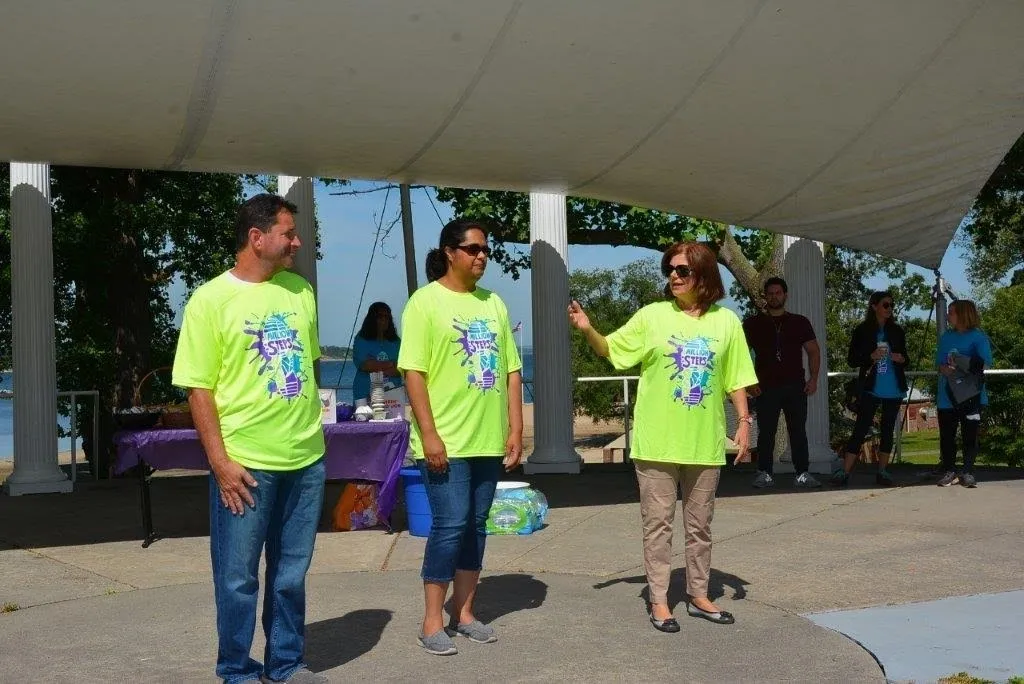The Myth of The "Carefree Childhood"

By Shilpa Raj, M.A., Fugen Neziroglu, Ph.D., ABBP, ABPP, & Sony Khemlani-Patel, Ph.D.
How many of us associate the word ‘happy’ with children and ‘carefree’ with childhood? It’s likely we’ve made this association at least once. Popular culture, the media, and the world of Disney create the misnomer of the ‘stress free childhood’ and the ‘stressful adulthood.’
We know, however, that children (2 to 17 years of age) are not immune to stress. In today’s fast paced world, stress is often inescapable. There are two kinds of stress. ‘Eustress’ is a positive form of stress that propels one into an action and growth-oriented state. It increases energy and motivation to accomplish goals. It can also increase one’s resilience to cope with change and challenges. Examples of eustress include, transitioning into high school, starting a new activity, moving to a new town, or traveling to a new vacation destination. Distress, on the other hand, is the negative psychological state that results from one’s environmental demands outweighing their coping resources. Some adverse long-term effects of distress range include risk for mood disorders such as anxiety and depression and physiological deterioration. Examples include, being bullied, the death of a family members, parents divorce, or changes and distress within one’s peer social groups.
Like adults, children experience and express distress in more than one way. Changes in areas of basic functioning such as sleep and appetite and sudden onset of new concerning behaviors such as mood lability are some key observable markers. Children share a bidirectional relationship with their environment. Their behavioral changes, such as social or academic withdrawal can cause further disruption to their life.
The transitional developmental period of adolescence (age 12 to 17) is wrought with a myriad of multilayered challenges. Increasing academic demands, pressure to socially conform, acquire a sense of autonomy, explore the multifaceted aspects of one’s identity, adjust to biological changes and coping with existing psychosocial stressors such as poverty or an existing health condition, render adolescence a period of marked stress. Lack of adequate emotional support from family members, teachers, peers, and community resources can deter an adolescent’s ability to function and thrive.
IDENTIFYING SIGNS OF STRESS
Here is a list of some behavioral indicators of a young person struggling to cope with stress:
1. Emotion dysregulation (e.g., increase in irritability, rapid mood swings)
2. Difficulty falling or staying asleep or increased need for sleep
3. Social withdrawal
4. Difficulty adjusting to slight change in daily routine
5. Complaints of psychosomatic symptoms of stress (e.g., headaches, stomachaches, fatigue)
6. Difficulty with concentration
If you have marked several of the above-mentioned indicators of stress in your child, it’s advisable to attend to it timely and appropriately. If symptoms persist, then consult a therapist who can help you and your child effectively address it
WAYS TO SUPPORT YOUR CHILD
There are many ways to provide support to children who are experiencing an increased level of tress. Some children and adolescents might be biologically and psychologically predisposed to a heightened sensitivity to environmental and social stimuli such as slight change in temperature, noise level, and diversion from routine, or the speaking tone of a parent. Under stress, a child with this unique temperamental trait is likely to feel overwhelmed and inadequate. Recognizing this is the first step towards helping your child learn to manage this hypersensitivity and helping them make some adjustments in their environment to increase their comfort. This might include giving them adequate notice when a life change is occurring, increasing predictability and routine into their schedule, reducing the noise level during homework, or working in conjunction with the school to make accommodations if necessary.
Other ways to support your child include normalizing the conversation around ‘stress’ by talking about your own experiences and modelling healthy coping behaviors. Showing your child that stress is a normal part of life, but also should not be minimized and ignored, helps them prepare for adulthood. Give your child examples of healthy coping behaviors, some of which can be small changes in your daily habits and positive activities to build positive mood.
Build breaks into their routine. Perhaps encourage them to plan more pleasurable activities on weekends, engage in more social activities, change the location that they do their homework, or freshen up their environment by moving their bedroom furniture and décor.
Helping your child identify triggers and cope ahead for an event that might bring on a stress response can reduce the impact of that event. Talk through the upcoming event, identify what aspects may make them most stressed, and then develop ways to cope with those challenging moments.
Walk them through a body scan to increase insight into their physiological reactions or encourage them to utilize mindfulness and meditation apps and videos. A body scan involves slowly paying attention to your body from the top of your head to the tips of your toes. The exercise helps a person tune into their body to learn to be more in the moment as well as to relax the physical body. Body scans can improve sleep. In addition, there are many mindfulness apps and videos that your child may enjoy using to help decrease stress.
Finally, positively reinforce help-seeking efforts and be validating of their experience. Most importantly, observe and listen. Emotional literacy begins at home.
More Blog Posts

PSYCHIATRIC INTERVENTIONS: MULTIDISCIPLINARY APPROACH TO PATIENTS WITH PSYCH DISEASE
.jpeg)
DR. NEZIROGLU FEATURED IN CHEAPISM.COM

2019 1 MILLION STEPS FOR OCD WALK

You can experience life again. Let’s take steps together.
At Bio Behavioral Institute, we’re here to be your team and get you back to the life you deserve. Schedule your consultation and take the first step towards a more meaningful life.
Call our office at 516-487-7116 or complete the form to schedule your consultation.
